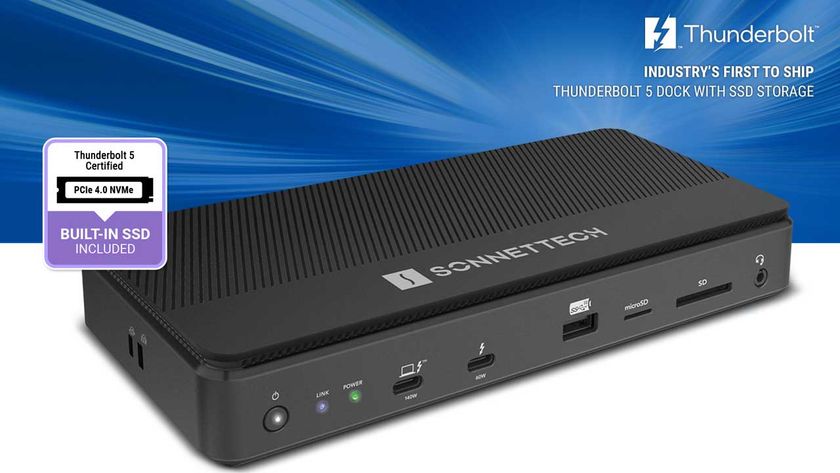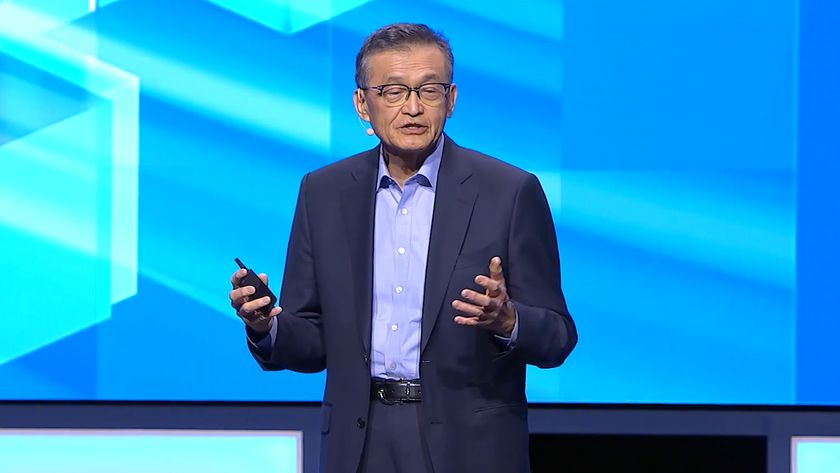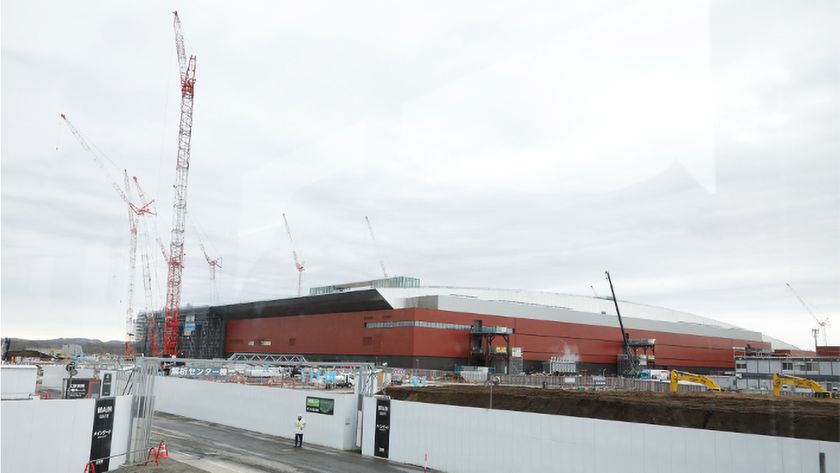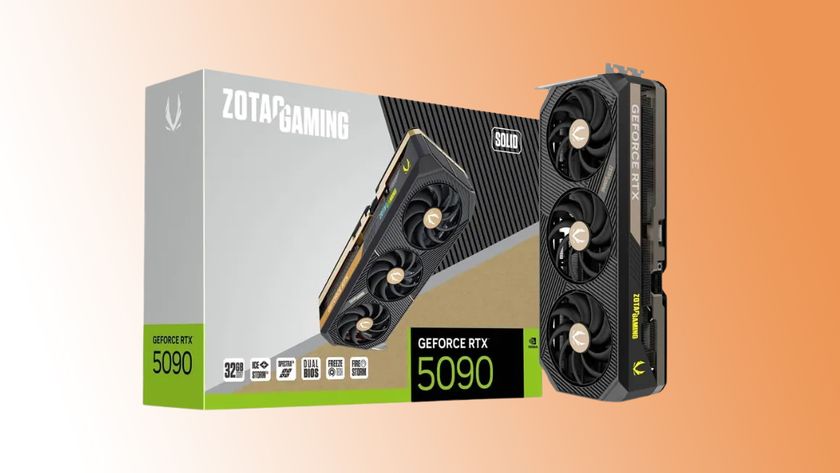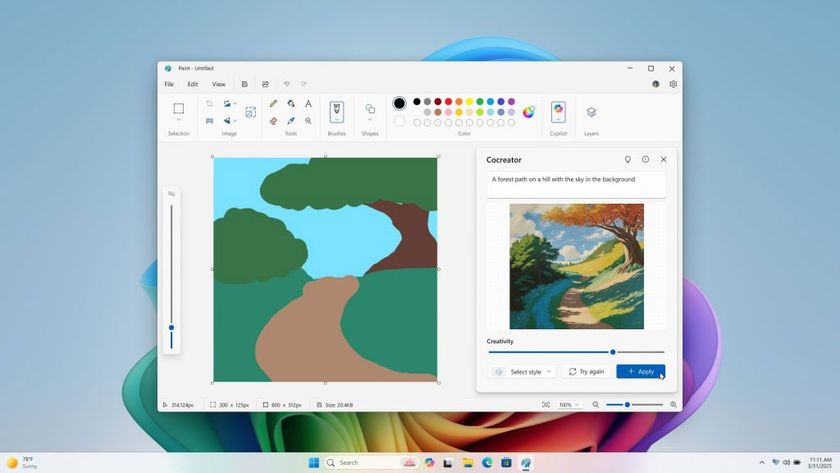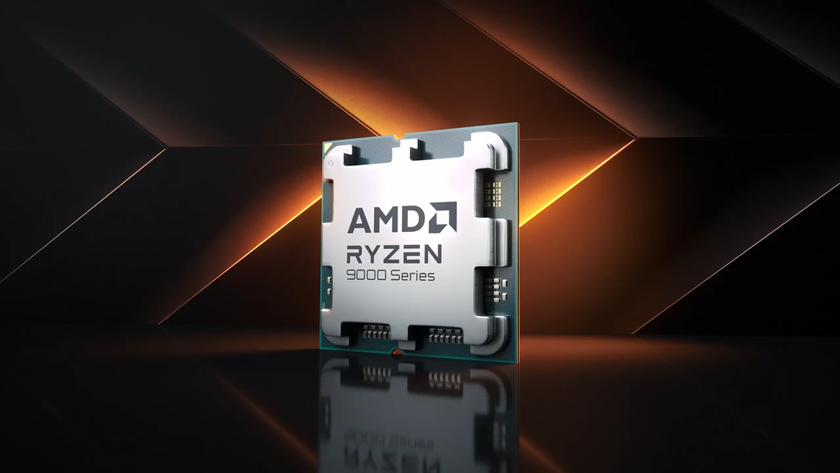Synaptics Develops Wi-Fi 6/6E Dock Supporting Dual 4K60 Monitors
WiGig-like docks are coming back?
Synaptics has developed a reference design for wireless docking stations that support dual 4K60 display outputs along with USB devices. The Gemini design uses Wi-Fi 6/6E and is therefore compatible with virtually all new laptops shipping today. But while the idea of wireless docking seems plausible from many aspects, especially compatibility that Synaptics' Gemini promises, it has numerous peculiarities and compromises.
The Synaptics Gemini wireless docking station reference design can work with any PC featuring Wi-Fi 6/6E connectivity. It can drive two 4K60 monitors and has a USB controller that enables it to connect to numerous USB devices (there is no word about USB-C compatibility). Keeping in mind that things like keyboards and mice do not need anything more than USB 2.0 (and data rates more akin to those supported by 1.1), the integration of USB into a bandwidth-limited dock makes sense. Still, docks based on the Gemini design will hardly accommodate high-performance storage devices.
The Gemini wireless dock relies on chips designed by Synaptics, its partners as well as various internally-developed software elements.
Hardware Inside
The key element of Synaptics' Gemini is the company's DisplayLink DL-1950 system-on-chip (SoC). It was designed explicitly for wireless graphics connectivity and supports up to two displays with a 3840x2160 or 5120x1440 resolution and a 60 Hz refresh rate connected using DisplayPort 1.2 or HDMI 2.0 interfaces. The SoC supports DisplayLink's proprietary compression technology to dramatically reduce the bandwidth requirements of two 4K60 monitors. Some independent reviews have indicated that the DisplayLink compression technology is not really lossless, which naturally compromises graphics applications that rely on image quality (think Photoshop, Lightroom, InDesign).
The second key ingredient of the Synaptics Gemini design — and perhaps its Achilles heel, albeit a justified one — is its highly-integrated Broadcom BCM43752 Wi-Fi 6 + Bluetooth controller. The SoC was originally designed for smartphones, so it is a low-power chip. It only supports a 2x2 connection and therefore up to a 1.2 GT/s raw data transfer rate.
To put that number into context, a single 4K60 monitor connected using a DisplayPort 1.2 interface requires 12.54 GT/s of raw bandwidth. So, the DisplayLink compression algorithms must be really smart/aggressive to drive two 4K60 monitors over a 1.2 GT/s wireless interface (which by definition has more lost bits than a wired connection). Since notebooks rarely support 3x3 or 4x4 Wi-Fi connectivity, usage of a 2x2 SoC is justified, but it still has certain limitations.
Other hardware in the Synaptics Gemini dock includes a proprietary VS641 network processor that manages the radios and enables the virtualized Media Agnostic USB (MA-USB) interface. This allows USB connections through the dock and manages Wi-Fi messaging to make things work smoothly.
Stay On the Cutting Edge: Get the Tom's Hardware Newsletter
Get Tom's Hardware's best news and in-depth reviews, straight to your inbox.
The final constituent of Synaptics' Gemini is the company's Wireless Dock Connection Manager software that works over Bluetooth and Wi-Fi to ensure a smooth and secure connection when the user is within range.
Limitations
Modern notebooks often do not have enough physical connectors, which is why docking stations are gaining traction by an audience that spans beyond traditional road warriors. However, sometimes when moving around your home or office often, you may want to dock a laptop wirelessly (hence the idea of wireless docks was born with Intel's WiGig several years ago). Unfortunately, WiGig did not take off even with its 7 GT/s bandwidth, mostly because it required both host and client to feature WiGig connectivity.
Synaptics' Gemini, to a large degree, solves compatibility problems by making the dock compatible with virtually all modern laptops featuring Wi-Fi 6/6E, and even takes into consideration security. However, given display compression technology that will harm the experience of those requiring pristine image quality, real use cases of the Gemini dock will likely be limited to select applications.
Opportunities
"Wireless docking that is secure, intuitive, and additive to productivity has proven elusive, but its time has come," said Patrick Moorhead, President, Moor Insights & Strategy. "Pervasive high-speed wireless, combined with nomadic work-from-anywhere employees, have made frictionless hoteling and hybrid offices an increasingly critical part of the future enterprise IT infrastructure. It's just waiting for the right mix of technologies to make wireless docking secure and reliable. The Gemini platform appears to have that mix and may kickstart a whole new approach to PC and portable device connectivity."

Anton Shilov is a contributing writer at Tom’s Hardware. Over the past couple of decades, he has covered everything from CPUs and GPUs to supercomputers and from modern process technologies and latest fab tools to high-tech industry trends.
